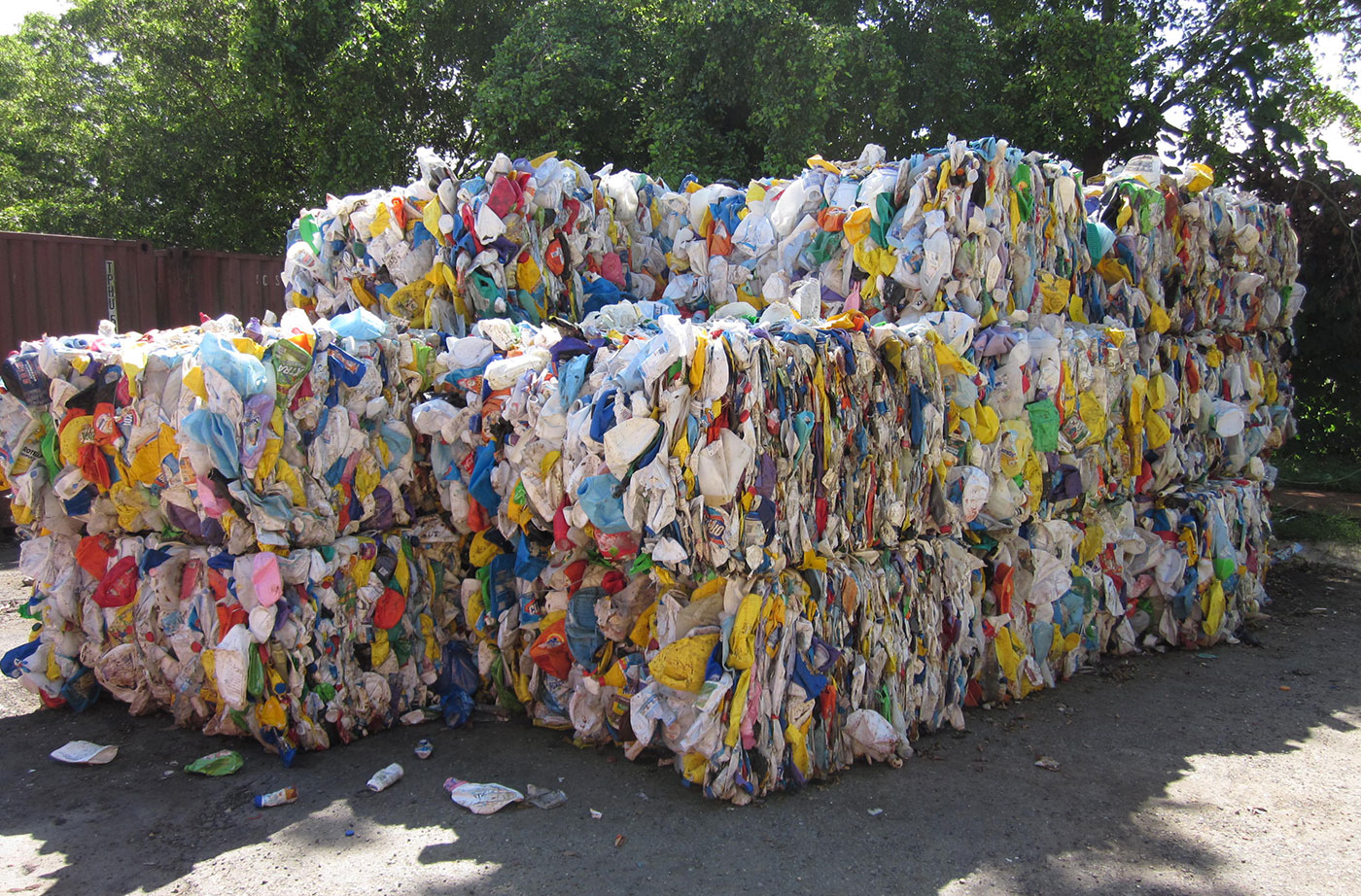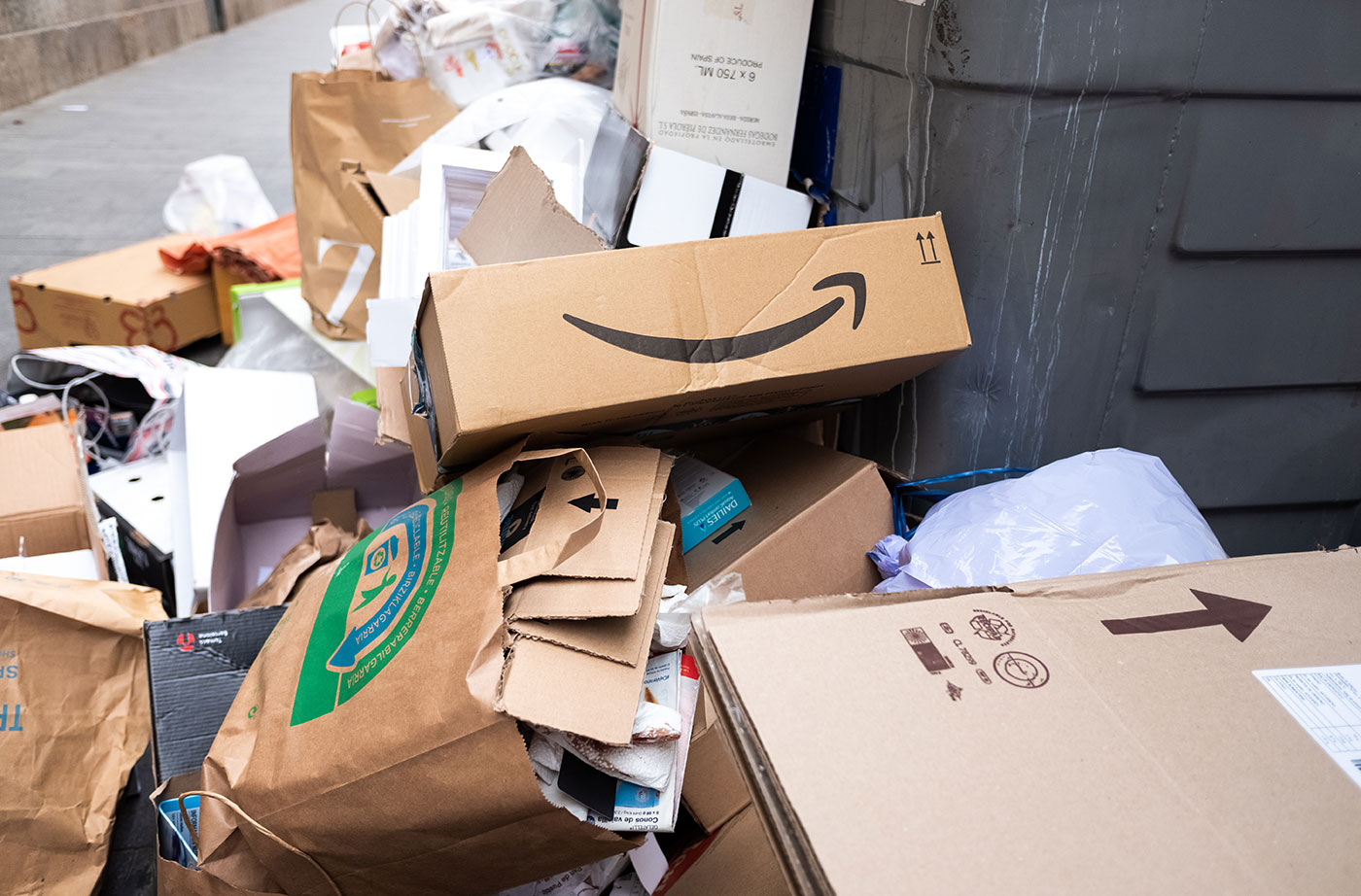Even eternally optimistic people struggle to remain positive sometimes. I know because I am one of them. And as someone who has thought about recycling and waste policy daily for the past decade, my positivity has never had a greater test than in 2020.
Most people understand that reducing waste and recycling is an environmentally critical endeavor. The urgency to conserve our natural resources, save landfill space, and reduce harmful pollution that our consumer economy creates only increases as time goes on. The Natural Resources Council of Maine (NRCM) estimates that meeting Maine’s 50% recycling rate goal would provide the carbon equivalent of taking 166,000 cars off the road, which is 20% of the state’s passenger car fleet.
The changes spurred by the COVID-19 pandemic have also highlighted the important role recycling plays in our economy more than ever before. Recycled materials contribute to the manufacturing supply chain, and always have been part of a made-in-America marketplace that supports jobs across the country. But with closed businesses, reduced hours at material recycling facilities, and fewer beverage containers being redeemed for recycling in the U.S., manufacturers are having difficulty acquiring the post-consumer recycled commodities they rely on to make new products and packaging.

To get a sense of the economic boon recycling provides, the Institute of Scrap Recycling Industries estimates that, overall, the recycling industry directly employs more than 164,000 Americans in jobs averaging $73,000 in wages and benefits annually; thirty percent of these numbers are tied to residential recycling programs.[1] Recommitting ourselves to recycling and waste reduction is a worthwhile contribution to the nation’s economic recovery.
At the same time that we have this spotlight on the environmental and economic importance of recycling, a dark shadow is being cast by the fossil fuel and plastic industries. Plastic production is increasing at an accelerating rate. There have been 8.3 billion metric tons of plastic created since 1950, and roughly half of that was created in the last 13 years.[2] Crude oil prices are low, and will likely stay that way, which means virgin plastic prices will likely also drop since these two industries are inextricably linked. Further, these powerful, wealthy companies are shamefully spinning a self-serving false narrative that we need more single-use plastics to protect our health and are asking for a $1 billion government hand-out to further ramp up production.
Recycling markets had already been struggling even before the pandemic. Our national recycling rate is only around 25%, with plastic recycling rates stuck in the single digits.[3] Widespread geographic inconsistency about what can and cannot be recycled, especially for plastics, makes effective recycling education very difficult. It also causes confusion and high rates of contamination of recyclable materials, which reduces the value of the commodities.
Further, in the US there is no financial incentive or mandate for large corporate brand-owners to adhere to their own sustainability goals and make a recycled or recyclable package or to help to educate consumers. In many instances, like with plastic, virgin commodities are cheaper to acquire than recycled ones. To make matters worse, the cost to burn or bury many commodities is often cheaper than recycling. In short, the economics are generally working against us, so it is no wonder we have a poor overall recycling rate.

What we need now is systematic change. It is not effective enough to rely on fragmented taxpayer-funded recycling programs and voluntary corporate initiatives. The real, lasting changes that we need will not happen without government leadership. Individual actions matter, but the truth is that more federal, state, and local policies are essential if we are ever going to get out of this worsening recycling and waste crisis.
Here are four things we need to do:
- Reduce reliance on single-use plastics and, to be honest, single-use everything. An ounce of prevention is worth a pound of cure. Plastic pollution is of primary concern, with one garbage truck load of plastic dumped into our oceans every minute.[4] But plastic pollution is only part of the reason why we need to replace single-use plastic bags, food containers, and other throw-away items with reusable alternatives. By taking materials like these out of production we prevent emissions and waste, while also removing common contaminants from our recycling streams.
- Require at least a minimum amount of post-consumer recycled content in products and packaging. Demand-side intervention is a powerful policy tool. This is particularly important for plastic given the low recycling rate, and comparatively low recycling processing capacity compared with virgin plastic production. Many large corporate brand-owners have publicly pledged to use more recycled materials in their products and packaging, but they should be held accountable with policy. If we level the playing field for these companies with a legal requirement, and thereby reduce market uncertainty, then we will see investments in recycling collection and processing infrastructure, as well as more support for policies that help guarantee a steady supply of quality recycled plastic, glass, paper, and metals that they will need.
- Adopt a proven policy solution — Extended Producer Responsibility (EPR) for Packaging. No other policy has the potential to address so many recycling problems in one fell swoop. When the producers are on the hook for paying for recycling costs instead of taxpayers, a whole lot can change for the better. This policy approach creates a financial incentive for manufacturers to reduce packaging, increase recyclability of packaging, use recycled materials, invest in more uniform collection and processing infrastructure, and educate consumers. Such a policy also ensures that a sustainable funding mechanism would be in place when markets inevitably dip, which protects our residential recycling programs because municipalities would no longer be forced to decide between raising taxes or cutting back on recycling. Five provinces in Canada, the entire European Union, and countries on every continent are already benefitting from this type of policy, some for as long as 30 years.
- Adopt more beverage container deposit laws, like Maine’s. Bottle bills are the gold standard of recycling programs because they work. The redemption system leads to a high rate of return of clean, sorted plastic, glass, and aluminum that fetch a high price because they can be more easily recycled into new products and packages. Forty percent of recycled cans come from the 10 US states with beverage container deposit laws; and glass containers, which primarily are used for food and beverages, get 60% of their material from the bottle bill programs. We need to protect and expand Maine’s beverage container law and support adoption of laws across the country, or nationally.
This is a necessary, albeit ambitious, list of policy action items. And we need collaboration, data, political will, and a hefty dose of positivity as we confront obstacles head-on. The strength to overcome our challenges comes from working together as those concerned about our planet’s health and economy, and being hopeful and optimistic about the future. We must embrace this mindset if we are to have a more sustainable and resilient recycling economy that benefits both people and the planet. And even optimists like me need reminders sometimes.
—Sarah Nichols, NRCM Sustainable Maine Director
[1] https://www.isri.org/news-publications/news-details/2019/09/24/isri-offers-overview-of-the-state-of-recycling-before-house-recycling-caucus
[2] https://advances.sciencemag.org/content/3/7/e1700782/tab-pdf
[3] https://www.epa.gov/facts-and-figures-about-materials-waste-and-recycling/national-overview-facts-and-figures-materials
[4] https://www.weforum.org/agenda/2016/10/every-minute-one-garbage-truck-of-plastic-is-dumped-into-our-oceans/











Leave a Reply